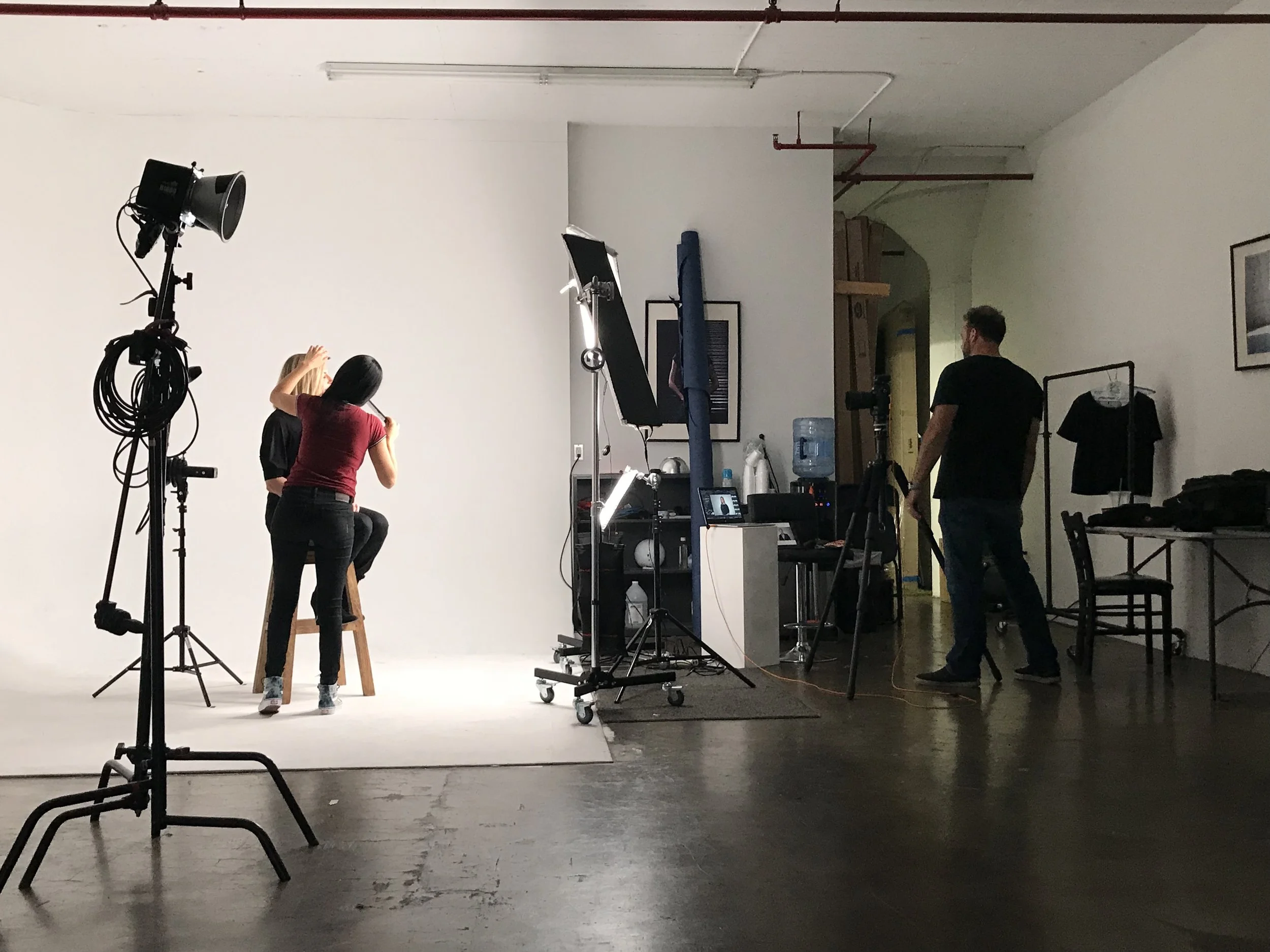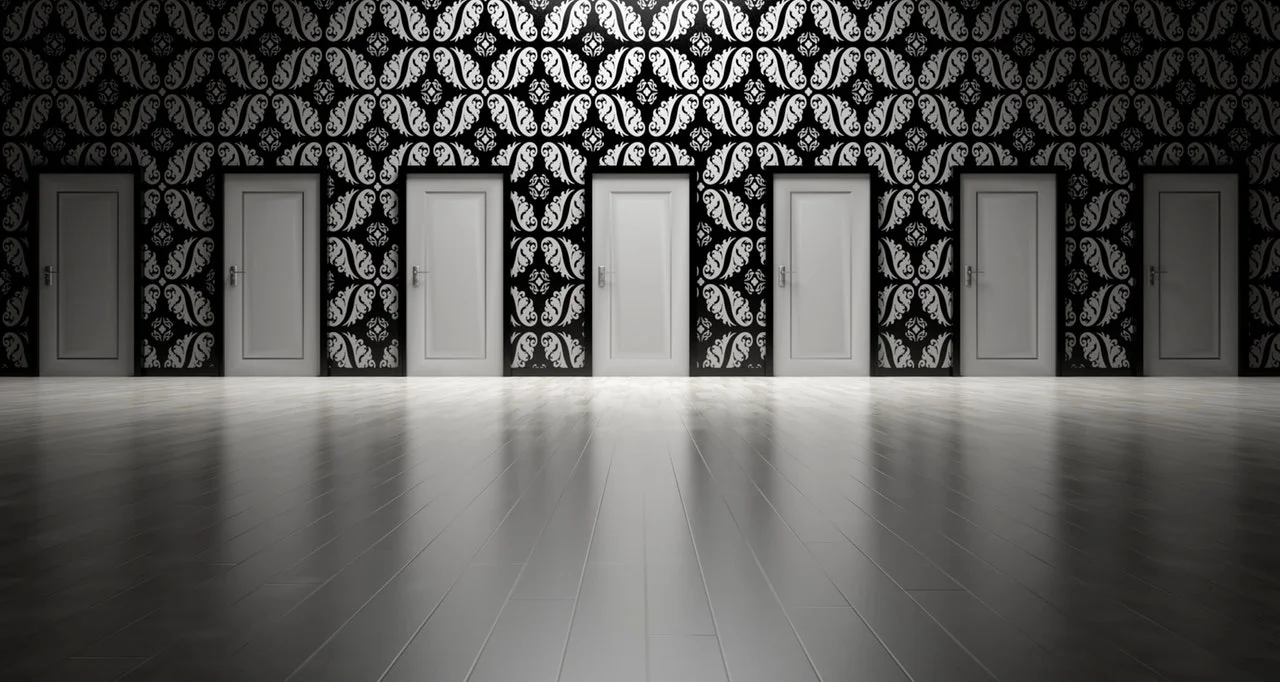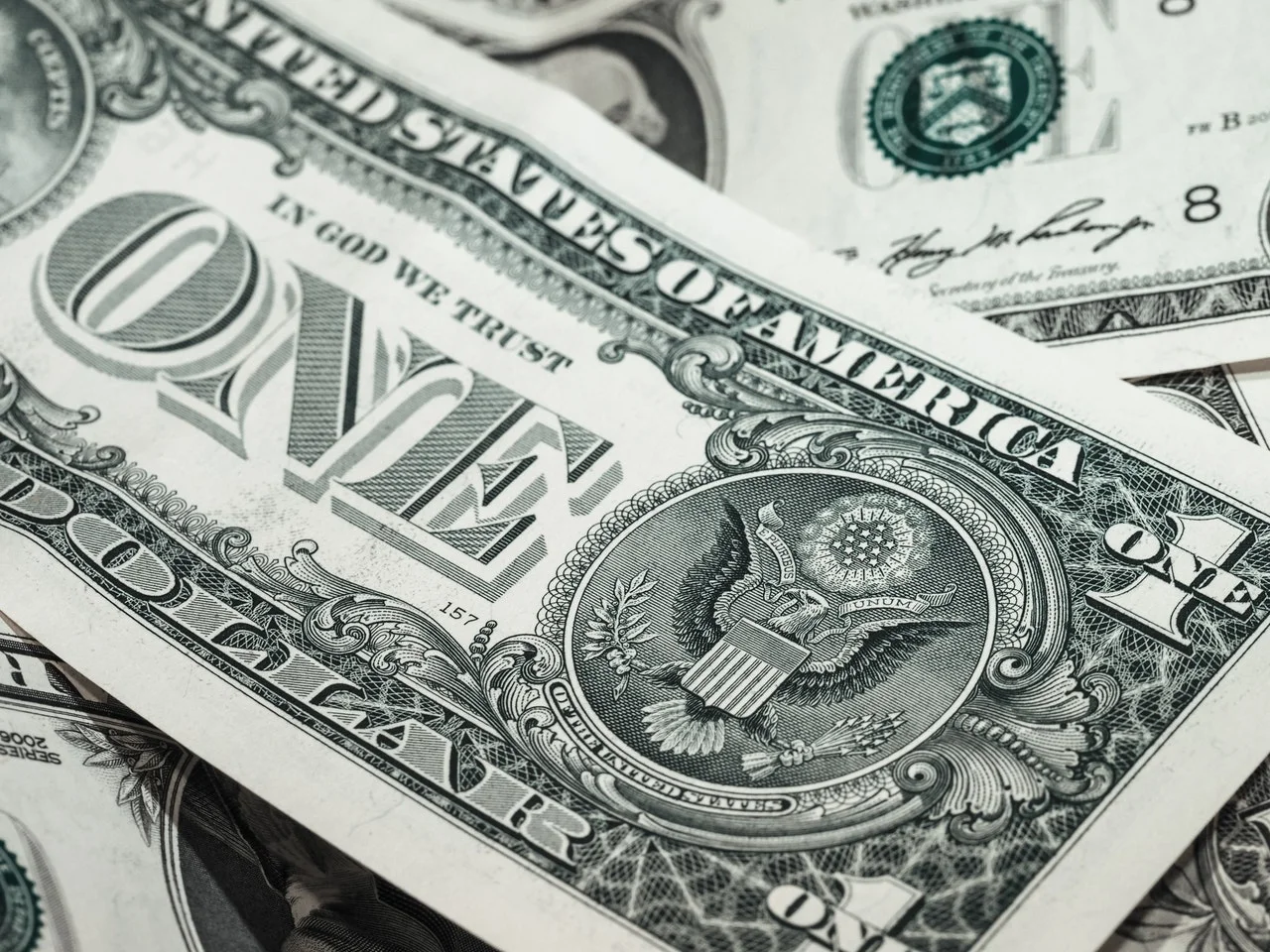Why Your Headshot Photographer Needs To Be a Mind Reader
I've worked with actors and models that can walk into a headshot or portrait session and own the camera (and therefore, their audience) without me saying a word to them. They know what to do with their facial expression in order to convey whatever character they might be trying to convey, and the good ones will convince you all day long that it's a genuine look. After all, it's their job to do this.
However, for the rest of us who don't make our living in front of the camera lens, having an up front and personal photograph taken of us can seem like a daunting task. That camera lens is capable of taking a confident CEO who would happily address a boardroom or 1,000 of his or her employees, and turning them into a timid person who shudders at the thought of having their headshot taken. Trust me when I say, this is normal. There are very few individuals who aren't professionals in front of the camera that can bring the right combination of confidence and micro expression required to pull off a great headshot without me providing the lion's share of the coaching and directing. Therefore, developing the skills to coach and direct my clients in their headshot session was something I identified early in my own business plan as a critical component of success. I've never stopped developing these techniques, and it's part of what makes headshot photography so interesting to me.
I've spent countless hours on ways in which I can manipulate my clients into the right expression, and these techniques work really well. If you don't believe me, take a look at my headshot portfolio; I don't think there's a single actor or model in there at the time of this blog post. They're all corporate folks who just needed a solid headshot for LinkedIN, job search, corporate branding, etc... Perhaps I just got lucky and all of them were just happy people who walked around smiling genuinely even after I turned on the camera? Of course not! They were just like every other corporate client who probably could have thought of 10 better places to be than having a headshot taken. Sure - some of them were more confident and comfortable than others, and that certainly helps.
I've heard the phrase, "I'm not photogenic!" so many times that I've learned to completely ignore it. That phrase doesn't really mean much to me to hear it, as I assume that everyone that I work with is a little scared or nervous about their headshot session until I see evidence to the contrary. It's certainly true that the ultimate goal is to coach and direct people toward an amazing headshot - however I need to get that done. But the typical by-product of the process is an unexpectedly fun session for my clients. This is because I need to read their minds (ie, determine what mental state they're in regarding having their photo taken), then quickly devise a plan to address their shortcomings in this department.
A good headshot photographer must recognize this nervousness and these shortcomings in their clients and have a way to address those problems while simultaneously doing everything else that they need to do (lighting, camera settings, posing / directing, etc...). This is what makes headshot photography best left to those who have developed serious skills in this niche.
Ok - so I'm not a mind reader, but I can detect a fake expression a mile away, and those don't fly in my studio. I'm going to work a real expression into your shot one way or another, and that's what you should expect of any other headshot photographer you may hire as well. If they aren't talking to you during your session, then perhaps they're busy reading your mind. Or, (more than likely) they have no way to positively effect your expression, and that's a big problem.
Back to the Complete Guide to Headshots...





